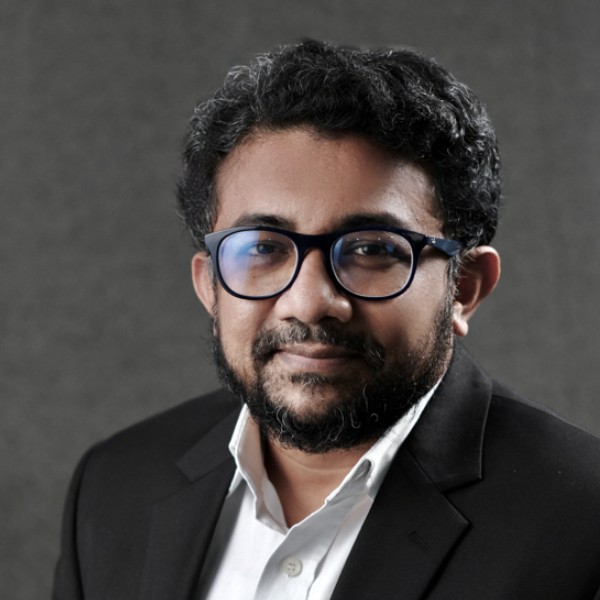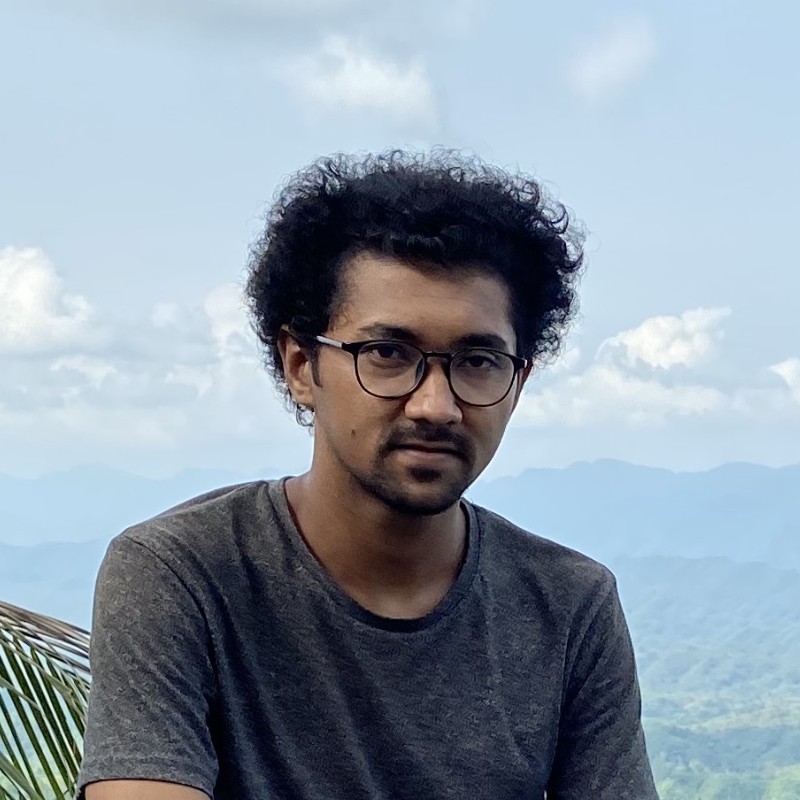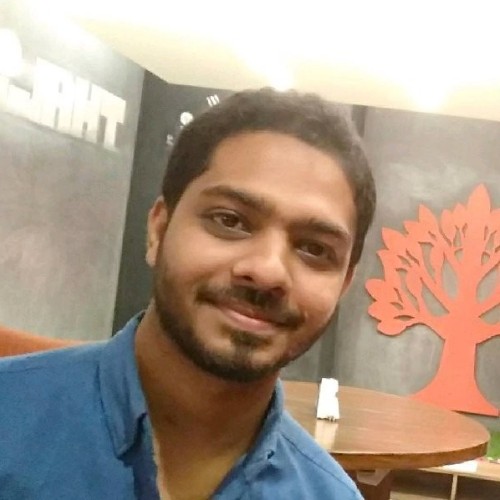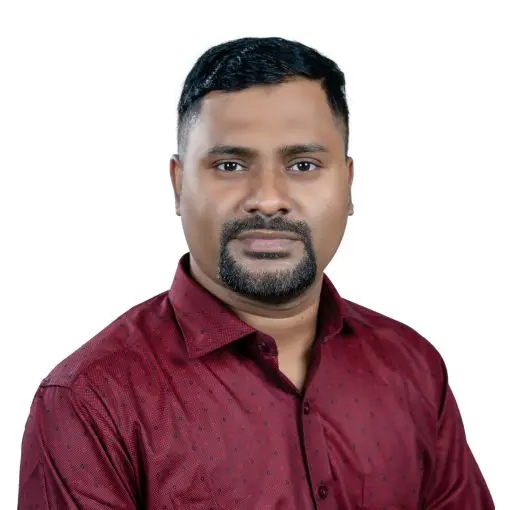Sessions

Building an AI-powered chat application for an organization to answer different policy-related questions using Spring AI & LLM.
There is a common requirement from large corporations, about AI driven solution for answering common questions, related to policy and code of conduct. Often external people, e.g. job seekers ask about different facilities and rules of the organization. Usually, LLM models are being used by python solutions as the AI developers are mostly comfortable with python. Here, we used Spring AI to build such a chat application using underlying LLM models and the strength of the powerful Spring Framework. To add local knowledge to the LLM model(s), we used a technique called RAG (Retrieval Augmented Generation). The approach involves a batch processing style programming model, where the job reads unstructured data from the relevant documents, transforms it, and then writes it into a vector database. At a high level, this is an ETL (Extract, Transform and Load) pipeline. The vector database is used in the retrieval part of the RAG technique.

Micronaut: The Framework Redefining Java for Microservices and Beyond
In the evolving world of microservices and cloud-native development, developers face challenges with performance, startup time, and resource optimization. The Micronaut Framework rises to the occasion with its unique Ahead-of-Time (AOT) Compilation, eliminating runtime reflection and significantly improving startup times and memory usage.
In this talk, we’ll share,
- The key differences between Micronaut and Spring Boot and when to choose each.
- How compile-time bytecode generation solves runtime issues and speeds startup time.
- Strategies to avoid reflection and generate metadata for special cases like dealing with reflection, ensuring seamless GraalVM native image compatibility.

Exploring Multi Tenancy in Spring Boot: Strategies and Implementation
Multitenancy is a crucial architectural approach in modern software systems, particularly in the microservices-driven world, where multiple clients (or tenants) share resources while maintaining data isolation and customization. This presentation provides an overview of multitenancy, exploring its significance, benefits, and challenges.
We will delve into various strategies for achieving multi tenancy in microservices, including:
- Shared Database with Shared Schema
- Shared Database with Separate Schemas
- Separate Databases per Tenant
The session will then focus on implementing the shared database with a separate schema model in Spring Boot, a widely adopted framework for building robust and scalable applications. Through practical demonstrations, we will cover:
- Setting up tenant resolution mechanisms.
- Dynamically switching schemas at runtime.
- Using Spring Boot features to enable schema-based multitenancy.
- Managing migrations and tenant-specific schema evolution with tools.
- Addressing performance considerations and ensuring data security.
This presentation aims to equip developers, architects, and tech enthusiasts with the knowledge to design and implement scalable and efficient multi tenancy solutions in Spring Boot, tailored to meet diverse tenant requirements.

Integration Tests Simplified with Testcontainers
This session, Integration Tests Simplified with Testcontainers, explores the importance of robust testing in software development. Participants will learn why unit tests alone are insufficient and how to enhance integration tests using Testcontainers. The session covers H2 database limitations, setting up Testcontainers, and integrating third-party software for comprehensive testing.

From Jr. Developer to Solution Architect -Navigating the Software Engineering Career Ladder
Embarking on a career as a software engineer can be both exciting and daunting, especially for fresh graduates stepping into the role of Junior Developer. In this presentation, Habibur Rahman will provide a comprehensive, stage-by-stage guideline for aspiring engineers who aim to evolve into successful Solution Architects. He will also address common challenges faced throughout a long career, offering insights to identify frustration points and practical solutions to overcome them.
Drawing from his 12+ years of industry experience and insights gained from working with over 1,000 engineers, Habib will outline the essential skill sets required at each stage of career progression—from Junior Software Engineer to Software Engineer, then to Lead/Principal Engineer, and ultimately to Solution Architect. He will share practical advice on what to do (and what not to do) at each step, helping attendees assess whether they are on the right track. Key topics will include:
- A roadmap for gradual growth and development in the software engineering field.
- The challenges that engineers may face at different stages of their careers.
- Strategies for acquiring the necessary skills and experiences to advance.
- Insights into current and future industry needs for software engineers.
- The vision engineers should maintain as they navigate their career journey.
This session is designed for early-career developers seeking clarity on their professional path. By the end of the presentation, attendees will have a clearer understanding of how to strategically plan their careers, set achievable goals, and prepare for future opportunities in the ever-evolving tech landscape.
Join Habib to gain valuable insights that will empower you to take charge of your career trajectory in software engineering.